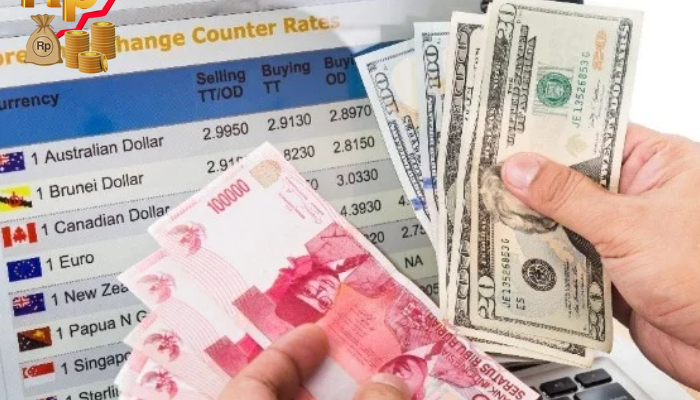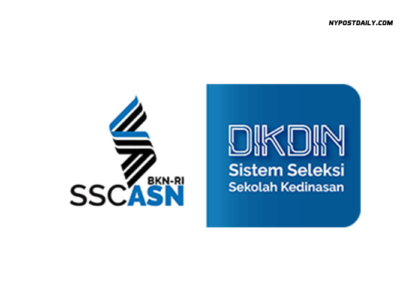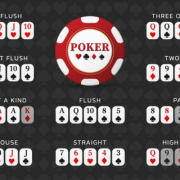In today’s interconnected world, understanding the exchange rate between different currencies is crucial, especially when it comes to trading or traveling abroad. One of the most commonly traded currency pairs in the international market is the US Dollar (USD) to Indonesian Rupiah (IDR). The exchange rate between these two currencies, often referred to as Dolar ke Rupiah, plays a significant role in the Indonesian economy and has implications for businesses, travelers, and investors. In this article, we will delve deep into the dynamics of the USD to IDR exchange rate to provide a comprehensive understanding of its factors, fluctuations, and economic significance.
The Basics of USD to IDR Exchange Rate
The USD to IDR exchange rate represents the value of one US Dollar in Indonesian Rupiah. It is often abbreviated as USD/IDR. Exchange rates are crucial in international trade, finance, and investment, as they determine the relative value of one currency against another. Understanding the basics of this exchange rate is the first step in comprehending its significance.
Factors Affecting the USD to IDR Exchange Rate
Numerous factors influence the USD to IDR exchange rate. To gain a better understanding of this dynamic, we will explore the most important factors in this chapter.
Economic Indicators
Economic indicators such as inflation rates, GDP growth, and trade balances can significantly impact exchange rates. Investors and forex traders closely monitor these indicators to gauge the health of the Indonesian economy, as a strong economy tends to attract foreign investment and strengthen the IDR.
Interest Rates
Interest rates set by central banks play a pivotal role in determining exchange rates. Higher interest rates in Indonesia can attract foreign capital, which increases the demand for the IDR and strengthens its value relative to the USD.
Political Stability
Political stability is another critical factor. Countries with stable governments and low political risk are more attractive to foreign investors, leading to increased demand for their currency and a higher exchange rate.
Market Speculation
Market speculation and sentiment can cause rapid fluctuations in exchange rates. Traders and investors often make decisions based on their perceptions of future currency movements, which can lead to short term volatility.
Historical Trends in USD to IDR Exchange Rate
To better understand the dynamics of the USD to IDR exchange rate, it’s essential to examine historical trends. This chapter will explore past movements and significant events that have influenced the exchange rate over time.
Asian Financial Crisis
The Asian Financial Crisis had a profound impact on the IDR, causing a sharp depreciation against the USD. Investors lost confidence in the Indonesian economy, leading to a currency crisis and economic turmoil.
Post Crisis Recovery
After the crisis, Indonesia implemented economic reforms and received international assistance. The IDR gradually recovered, showing the resilience of the Indonesian economy.
Recent Trends
In recent years, the USD to IDR exchange rate has experienced periods of stability and volatility. Factors such as global economic conditions, commodity prices, and government policies continue to influence its movement.
The Role of USD to IDR Exchange Rate in the Indonesian Economy
The exchange rate has a significant impact on the Indonesian economy. This chapter will explore how a strong or weak IDR can affect various aspects of the nation’s economic landscape.
Export and Import
A weaker IDR can boost exports by making Indonesian goods more affordable for foreign buyers. Conversely, a strong IDR can lower the cost of importing goods but may negatively impact exports.
Inflation
Exchange rate fluctuations can influence inflation rates. A rapid depreciation of the IDR can lead to higher import costs and increased inflation, affecting consumers’ purchasing power.
Foreign Investment
Foreign investors often consider exchange rates when deciding to invest in Indonesia. A stable IDR can attract more foreign capital, promoting economic growth.
Managing Exchange Rate Risks
For businesses engaged in international trade or investment, managing exchange rate risks is crucial. This chapter will provide insights into strategies that companies and investors can employ to mitigate the impact of currency fluctuations.
Hedging
Companies can use financial instruments like forwards, options, and futures contracts to hedge against adverse exchange rate movements.
Conclusion
The USD to IDR exchange rate is a critical metric with far reaching implications for Indonesia’s economy and global financial markets. Understanding the factors influencing this exchange rate, historical trends, and its role in the Indonesian economy is essential for businesses, investors, and individuals alike. By staying informed and adopting appropriate risk management strategies, stakeholders can navigate the complexities of the Dolar ke Rupiah exchange rate and make informed decisions in the ever-changing world of international finance.


















Comments